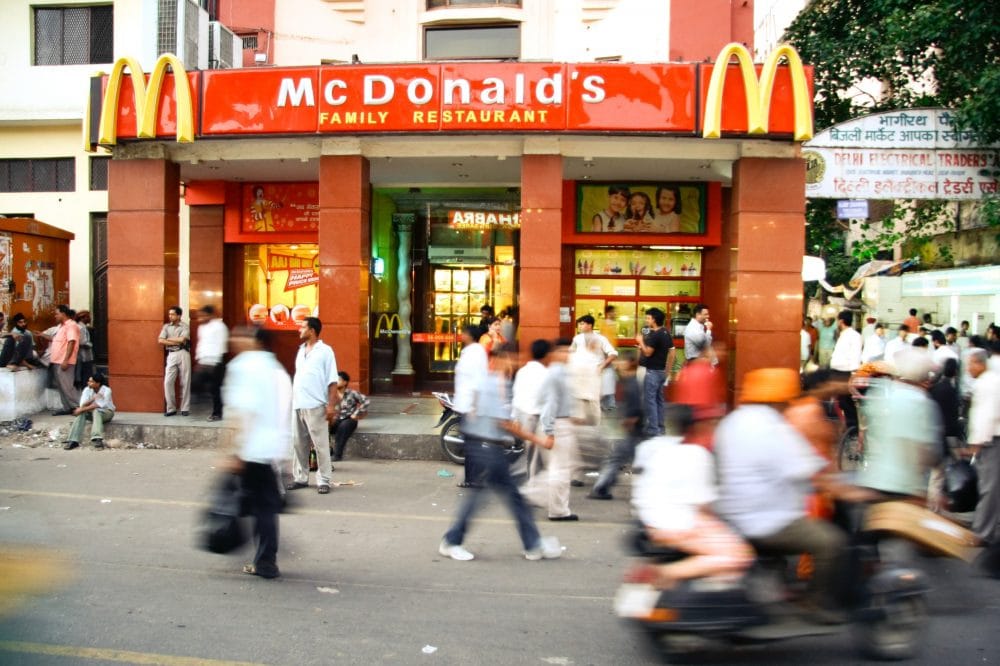
Let us investigate the reasons behind the rise in obesity in India.
India has the third highest obesity rate in the world. If this fact isn’t alarming enough, then here are the details. In 1975 1.3percent of our population was obese. In 2014 it rose to 3.7percent and in 2017 it stood at five percent. This in a country where more than one third of the world’s malnourished children live.
This cruel dichotomy is a true representation of Indian society. Where urban Indians are sucked into the changing lifestyle as an impact of being a fastest rising consumer market. Whereas the poor are burdened by poverty and rising dietary issues.
Mekam Maheshwar, Deputy Director at National Institute of Nutrition, says, “India is suffering with double-burden of malnutrition and obesity. These people usually suffer with diseases or they are prone to diseases.”
Obesity is striking at an early age with the lifestyle children adopt by indulging in unhealthy food habits and its impact is seen until old age with chronic diseases. Obese children often suffer from stigmatization and it is found that between fifty and eighty percent of them will continue as obese adults.
“India has the third highest obesity rate in the world”
Obesity is strongly associated with cardiovascular diseases, diabetes, orthopedic problems, mental disorders, non-alcoholic fatty liver disease and sleep-associated breathing disorders as the obese person ages. This clearly spells out the implications of obesity for public health in India.
So according to research what are the main causes of this high rate of obesity in India?
There are two models of obesity: Calorie based (Cal-O) and Carbohydrate based (Card-O). According to Cal‑O, obesity drives insulin resistance leading to hyperinsulinemia whereas in Carb‑O, hyperinsulinemia is thought to be the cause for obesity. Recently there were two studies conducted to understand what is the main reason behind obesity: calories or carbs.
One study found obesity to be causal for fasting insulin but not vice versa. However, a separate study found glucose‑stimulated insulin secretion as causal for obesity and not vice versa.
It is hence considered that obesity due to carbohydrates could be operative in those with high insulin secretory capacity combined with increased consumption of carbohydrates. On the other hand calories based obesity might be operative in those with decreased insulin secretory capacity such as in India who also demonstrate increased insulin resistance than Caucasians.
Thus, rising rates of obesity in India is likely a result of excess calorie intake due to a high fat diet. This is leading to insulin resistance and hyperinsulinemia. This can be seen to be indicative of changing lifestyles as India’s middle class grows and urbanises.
“Rising rates of obesity in India is likely a result of excess calorie intake due to a high fat diet”
The study clearly shows that causes of obesity may be different in various ethnic groups. Another crucial implication is that there are no universal recommendations for healthy diets that can be prescribed uniformly for all individuals to prevent or treat obesity.
With World Obesity Day behind us, it is worth appraising the issues surrounding obesity in India and how it is having a broader impact on public health. With noncommunicable diseases (NCDs) rising in number and emerging as the dominant cause of mortality in India, steps must be taken to reduce obesity rates to avert a future crisis in our country’s hospitals.

